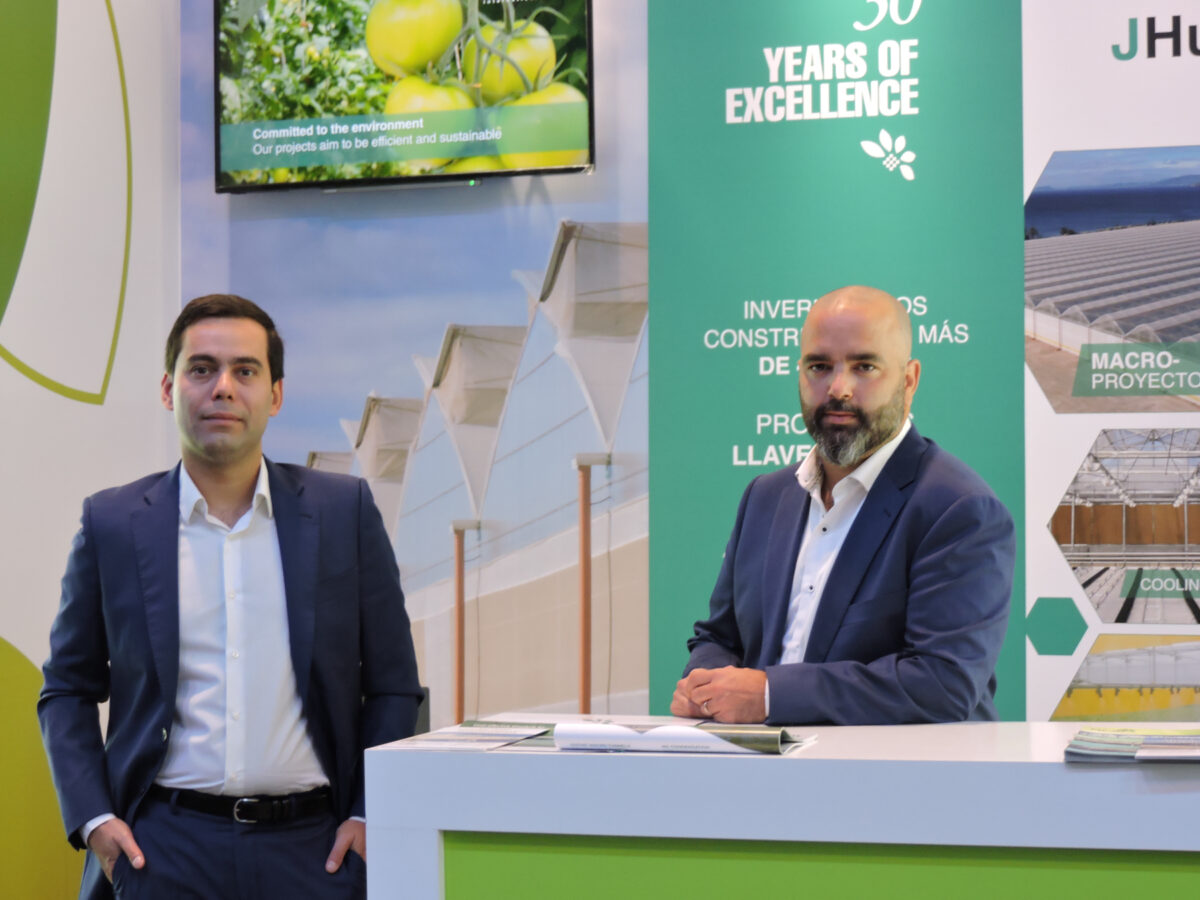Author: Ing. Fued Alle Arechavaleta, Director J. Huete Greenhouses México
During the last few years, the demand for berries, especially strawberries, has been increasing in different countries around the world. Consequently, more and more growers are interested in investing in berry production in general, but mainly in strawberry production, especially trying to have year-round production to continuously supply the market.
There are several methods tested in many countries: from open ground production, to intensive production and using high technology in greenhouse environments. The results have been equally diverse, although the objective of all of them is to achieve a high level of productivity of the operations, optimizing the level of investment and achieving maximum yields.
The conclusion is clear. A protected environment, under greenhouses, as in other crops, will provide the best micro-climatic conditions for crop development, and in the case of strawberries, this is no exception. However, the challenge in the case of strawberries is to be able to achieve yields, in quantity and quality, that can be profitable for the level of investment involved in a greenhouse with technology.
Growing hydroponic strawberries profitably

Thus, many growers around the world use different hydroponic production systems, looking for ways to increase the planting density to make maximum use of the productive surface of the greenhouse. Some operations have increased the number of crop rows and the number of plants per row. In other cases, taking advantage of the fact that the strawberry plant does not grow tall, various types of tables or benches with two or three levels have been implemented, to be placed in each row.
In the case of J. Huete Greenhouses, as a company interested in technology development, we have walked hand in hand with producers, developing specific hydroponic growing systems for strawberries, considering all the experience we have had in other crops, but also the experience of producers, paying attention to their requirements and needs.
Based on the experience gained in projects installed in other countries, such as Japan and England with the same technological level, it is expected that yields of between 1.2 kg/plant and 1.5 kg/plant of strawberry can be achieved throughout the cycle.
The key: extra aeration under the roots

The main thing has been to incorporate the benefits achieved in other of our hydroponic growing systems, always incorporating the use of Spacers, to provide the plants with the best aeration, eliminate moisture accumulation under the substrate, achieve efficient drainage of the crop, avoid heating of the substrate and root by separating them from the metal gutter. This greatly reduces root diseases, allowing plants to develop healthy, strong and vigorous roots during the whole production cycle, thus increasing yields in quantity and quality.
Therefore, we recommend the use of hydroponic gutters for strawberry cultivation, which are supported with a tube on the ground, giving them a height of 1 meter, so that, in addition to the mentioned benefits of the systems with Spacers, the strawberry plants are at an optimal height to perform the various cultivation tasks.
These same hydroponic gutters with Spacers are incorporated in other systems tested in various greenhouse projects in countries such as Japan and the United States. These are the mobile systems: swinging (horizontal motion) and lifting (vertical motion), which make it possible to increase the number of crop rows, while avoiding shading from one plant to another, thus preventing it from affecting plant performance.
Another proven innovation in greenhouses is the “triad”, where one row is placed higher than the other two, one on each side, considering the exact spacing and height difference to, again, avoid shading between plants.
The story of a hydroponic strawberry greenhouse
Recently, J. Huete Greenhouses has installed a greenhouse in the state of Hidalgo, México, with the appropriate technology for intensive strawberry production, focused on autumn and winter, including the necessary equipment for optimal plant development. The greenhouse has a double plastic layer in the roof and perimeter; shading and energy-saving screen; hot air heating; air fans; closed-circuit fertigation system with motorized solenoid valves in each irrigation sector; automatic climate and irrigation control; a crop drainage recirculation and disinfection system, which allows the reuse of crop drainage water; and of course, the hydroponic gutter system with Spacers in the version hanging from the greenhouse structure, optimally increasing the number of crop rows.
Achieving greater fruit yields in an increasingly demanding world is a challenge. Farmers, however, can rest assured if they find the right technology partner. The good use of this type of equipment, combined with the right crop management, causes expected strawberry yields to grow while energy and irrigation water costs remain stable, or even reduced thanks to sustainable practices.








At J. Huete Greenhouses we see this constantly in our projects: the new greenhouses are the result of all the previous successful experience accumulated around the world, allowing us to lay the groundwork for replicating their configuration to meet the growing demand for fresh produce in today’s global society.



